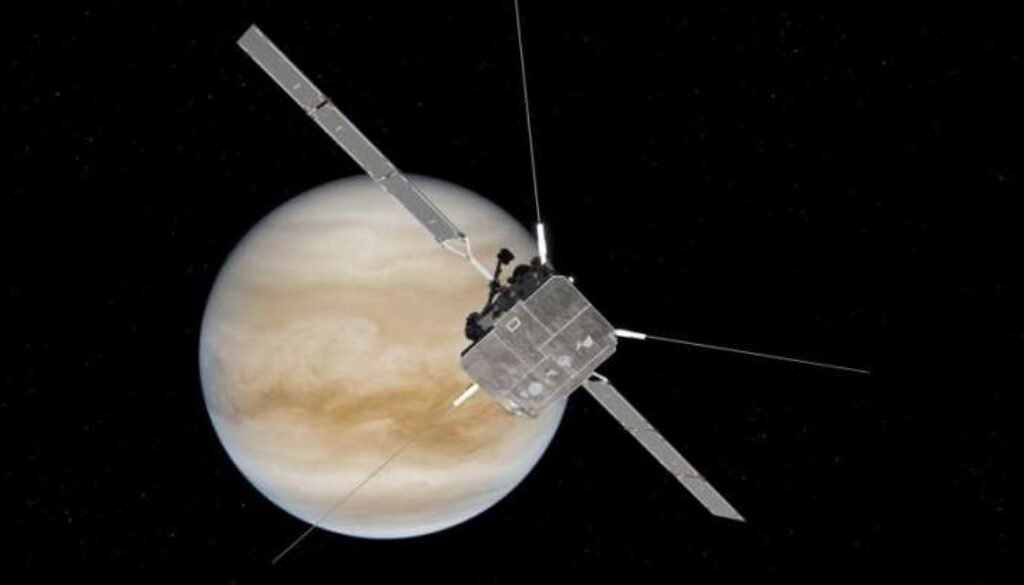US-European Solar Orbiter Spacecraft Makes Venus Flyby – ESA
Solar Orbiter spacecraft, a joint project by the European Space Agency (ESA) and NASA, has completed its second flyby of Venus in a first-of-its-kind double Venus flyby, the ESA said on Monday
The Solar Orbiter spacecraft, a collaboration between the European Space Agency (ESA) and NASA, has successfully completed its second flyby of Venus, marking a significant milestone in a unique double Venus flyby, as announced by the ESA on Monday.
In a tweet, the ESA stated, “@ESASolarOrbiter completed its second #VenusFlyby before breakfast. Next up: @bepicolombo.”
The flyby occurred at 04:42 GMT, with the Solar Orbiter reaching its closest approach to Venus at a distance of 7,995 kilometers (4967.86 miles). The second flight in this double Venus flyby will be conducted on Tuesday by BepiColombo, a collaboration between ESA and the Japan Aerospace Exploration Agency (JAXA), with a closest approach of 550 kilometers.
Solar Orbiter is a space mission designed to observe the Sun’s polar regions, inner heliosphere, and solar storms up close. Equipped with 10 instruments, nine from ESA and one from NASA, the spacecraft aims to capture images of the Sun’s polar regions that could significantly advance scientific understanding.
While neither spacecraft will be able to capture high-resolution images of Venus due to technical limitations—the Solar Orbiter’s cameras must face the Sun, and BepiColombo’s main camera will be shielded by equipment—BepiColombo’s monitoring cameras will provide black-and-white snapshots with a resolution of 1024 x 1024 pixels, albeit partially obscured.





